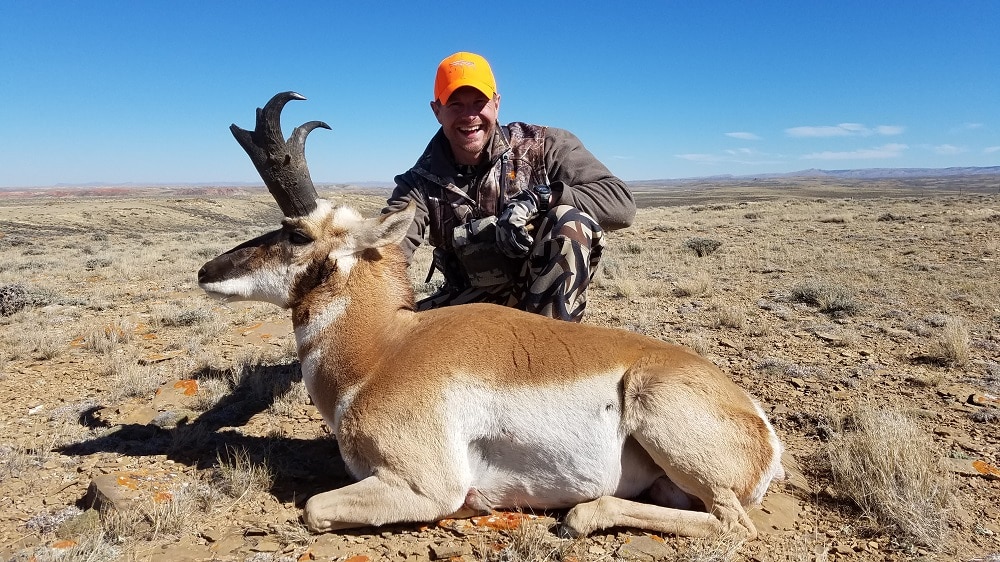KUIU’s 5 Habits to Prepare for this Season
Our friends at KUIU put together a great blog post that we felt was worth sharing. A 101 for some, and a refresher to others, they’ve put together their top-five habits of getting your mind, body, and gear in mountain shape for days one through 365 of the upcoming seasons.
1. READ UP AND RESEARCH

Draw stats, harvest stats, public versus private, an increase or decrease in licenses: There’s a lot to consider when preparing for the hunting season. Having macro and micro knowledge is important, but it’s also worth remembering that not all resources are created equally.
Most hunters start their schooling with their dads and granddads. Old hunt stories were their first lessons, and their first successful hunts came from being put on a decent buck in an area they’ve hunted for decades. But for those of you who didn’t start learning the ins and outs at age 7, publications and digital resources are the go-to method of unriddling big game hunting.
At the start of your hunting career, learning anything and everything is helpful. It boosts your excitement and covers the basics from a variety of perspectives. But once you get a few hunt seasons under your pack, you’ll begin developing a sense of what’s useful to you and your hunts, how to narrow down your resources and gather information pertinent to putting your best hunt plans forward. When reading up and researching for application season, put stock in resources that are as focused on your state, season, and species as you are.
2. PREPARE AND PRACTICE

Using the late winter and early spring seasons to reacquaint yourself with your gear and tinker with your bow, arrows, rounds, and rifles is a good time to get yourself in motion. It’s also a good time to push yourself by getting involved in shooting tournaments, joining a club, and practicing your shot while waiting on draw results.
Let’s start by getting the obvious out of the way. Yes, practicing your shot at a range with rock solid rests, or in the backyard with all the time in the world, are vastly different from a steep downhill 53-yard shot through thick timber, or a 400-yard shot through pulsing crosswinds. But the point here is to use this time to get the bad shots of the slow season out of your system, to get good at making good shots and to begin turning your bow and rifle into an extension of your own body.
If you’re already zeroed in and making good groups on paper, then consider adding some challenge by joining a shooting club or competing in a tournament. Surrounding yourself with shooters who can hit 2-inch groups at 500+ yards, or thread a needle at 60, is not only good company to pick up tips, but a great way to improve your accuracy before the draw.
3. TRAIN AND TEST

Though it’s a natural byproduct of scouting, there’s no reason why you shouldn’t get a jumpstart on getting in shape before the season starts. Pushing past the pressure and getting far enough from the road to reach mature animals requires physical fitness and the time to achieve it.
Contrary to the way it may look online or on the cover of your favorite hunt magazine, trophy animals are flat-out tough to hunt. Locating and harvesting are one thing. And packing it out is a whole other. A lot of hunters go all-in on cardio, preparing their lungs for thin air and far-flung glassing locations. Other hunters spend most of their time in the weight room to prepare for the hard labor of a 4-trip pack out.
The strength and physical fitness required to fill your tag and freezer with a mature age-class buck, ram, or bull shouldn’t be taken lightly. And when your goal is to improve year after year and best your best, moving further and faster is a big key to success. SHOP KUIU TRAINING GEAR NOW
4. SCOUT AND STUDY

When the draw results are in, one of the most important things you can do is get your boots dirty (or broken in if you’re running a new pair) with preseason scouting.
Indeed, digital mapping and GPS tools have made preseason scouting, planning and out-of-state hunting more accessible than ever, but nothing seconds the knowledge gained from in-the-field observations. If your hunt is within a reasonable distance, make every excuse possible to check out your unit before the start of the season.
Call it a family camping trip or a nice day to get out and look for sheds. Or just call it what it is: preseason scouting to get an eye on first and last light activity; Find bedding, rutting, and watering locations; Or get a sense of how long it’ll take to reach glassing knobs a, b and c. When the days are counting down, boots-in-the-dirt studying makes all the e-scouting you’ve done between meetings and on the couch real.
5. PLAYING THE PART
















